
views
Writing a Letter

Find the company's address. Check on the product itself first. Look on the back and the bottom of the product. You can also try searching for the company's address on its website. Using snail mail will get you noticed because fewer people use it today to talk to companies.
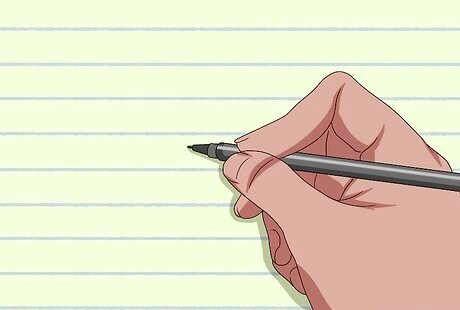
Write a personal note. Tell them why you are a fan of their products. You can even share a fun memory. Be sure to specify whether you want a free sample, a coupon, or both. It also helps to handwrite the note, especially in a fun card. For instance, you could write: "Hello! I really enjoy your cookies. When I was a kid, my parents would bring them with us when we went camping. We'd eat them under the stars, and eating one now brings back those good memories! I don't suppose you'd be willing to send me a sample or coupon? Thanks either way! Best, Robert."
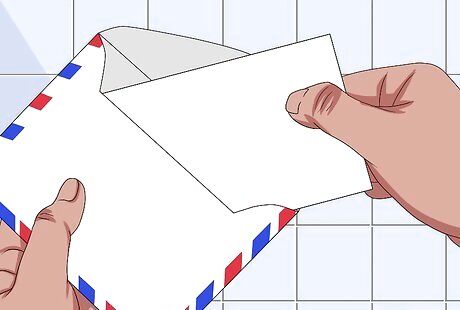
Send your letter. Address the envelope, and don't forget to add your return address so they can send something back to you. Stamp it, and put it in the mail. Wait for a response. Be patient. It can take several weeks to get a response, if you get one at all. Consider adding an email address or phone number to the letter. This might get you a quicker reply.
Sending Emails
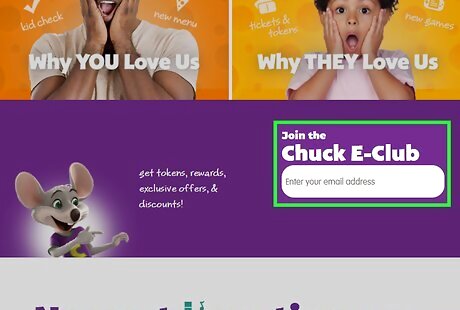
Find the company's contact form. Sending an email is not as personal, but it can still nab you free stuff. Often, companies will have a contact form or email address posted on their website that you can use to contact them. Usually, there's a link at the bottom of the website that says something like "Contact" or "Contact Us."
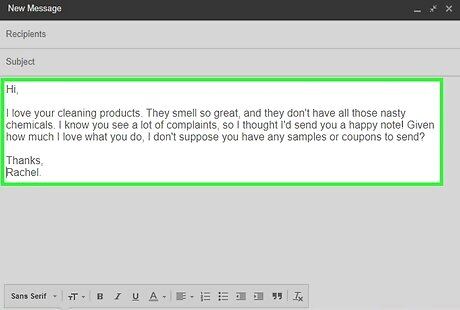
Flatter the company. Since you can't personalize an email by writing it by hand, you can make up for it by flattering the company. Make sure to tell them why you like the product, and you can even offer a short personal anecdote to seal the deal. Also, don't forget to ask for a sample or coupon at the end. You could write: "Hi, I love your cleaning products. They smell so great, and they don't have all those nasty chemicals. I know you see a lot of complaints, so I thought I'd send you a happy note! Given how much I love what you do, I don't suppose you have any samples or coupons to send? Thanks, Rachel." Close your email with a professional salutation like “Best,” “Sincerely,” or “Many thanks.”

Wait for a response. It may take a little while for the company to get back to you, so don't worry if they haven't gotten back to you in a day or two. It can even take several weeks for a company to respond. Be sure to check your email's spam folder. Sometimes emails end up there by mistake.
Signing Up for Newsletters

Research your favorite companies. Many companies offer a freebie for signing up with them. You might get the company to send you a coupon for a free appetizer from a restaurant, for instance, or a 50 percent off coupon at a store or for a product. Check on the company's website to see if they have an offer. Check for birthday offers, as many companies will offer freebies around your birthday.

Sign up for the newsletter. When you find companies with a good deal, sign up for the newsletter. You'll often need to give some basic information and an email address to sign up for a newsletter. If you don't receive any newsletters, check your spam folder. If they end up there, be sure to make them as "not spam."
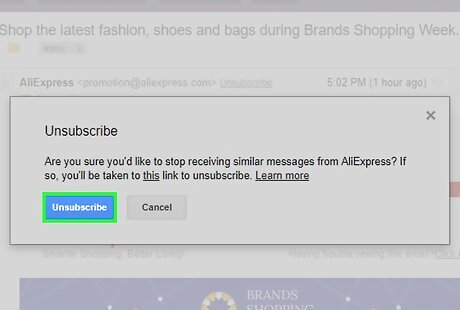
Unsubscribe, if you prefer. Once you're subscribed to a newsletter, you should get a reward, but you'll get regular emails from the company. If you don't want that in your inbox, look for the "unsubscribe" link at the bottom of the email. However, keep in mind that many newsletters will send out freebies or coupons from time to time. Newsletters typically have a link towards the bottom that says "unsubscribe." If you click on that, you'll be taken to a separate page where you can begin the process.
Complaining When Appropriate

Notice a problem. Sometimes, things slip past quality control, and you end up with an inferior product. If that's the case, you have reason to complain to the company. More often than not, the company wants to keep you happy, and it will send you a freebie or a coupon. You should only complain when you actually have a problem. It's the ethical thing to do, and you'll be alerting the company to problems with the product. Don't tamper with the product in order to make it look defective. Most companies will be able to tell if you do this, and it won't score you any freebies.
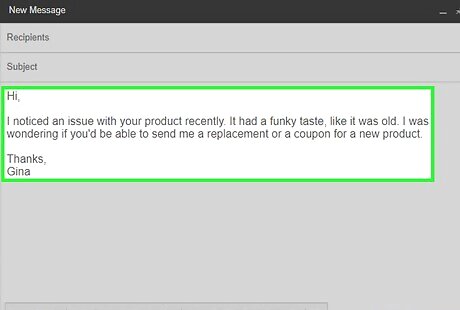
Complain to customer service. Find the contact form on the company's website. Direct the complaint to the customer service department, which usually handles complaints. Lay out the problem, being very clear about what you want out of the situation. Also, you may need to provide proof of purchase or even information about the batch, so keep the packaging on hand. If you want a freebie out of the deal, make that clear: "I noticed an issue with your product recently. It had a funky taste, like it was old. I was wondering if you'd be able to send me a replacement or a coupon for a new product."
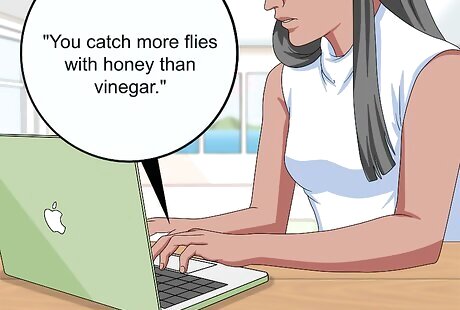
Be nice to get a better response. The old saying "You catch more flies with honey than vinegar" is a good one to apply to complaining. Yes, you want to make sure the company understands the problem, but you don't want to be mean or rude about it. The nicer you are about it, the more likely the company is going to go out of its way to help make your experience better. Don't say use rude or expletive language, no matter how angry you are. While you might still get a response, you'll likely only get the bare minimum. Customer service representatives are more willing to help and go the extra-mile for nice customers than for rude customers.














Comments
0 comment